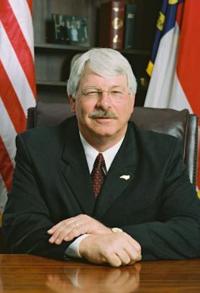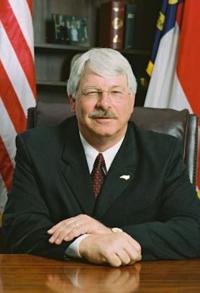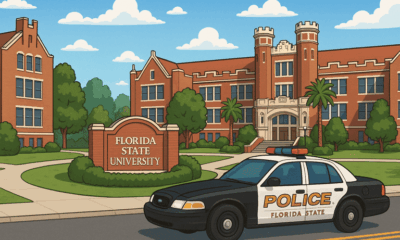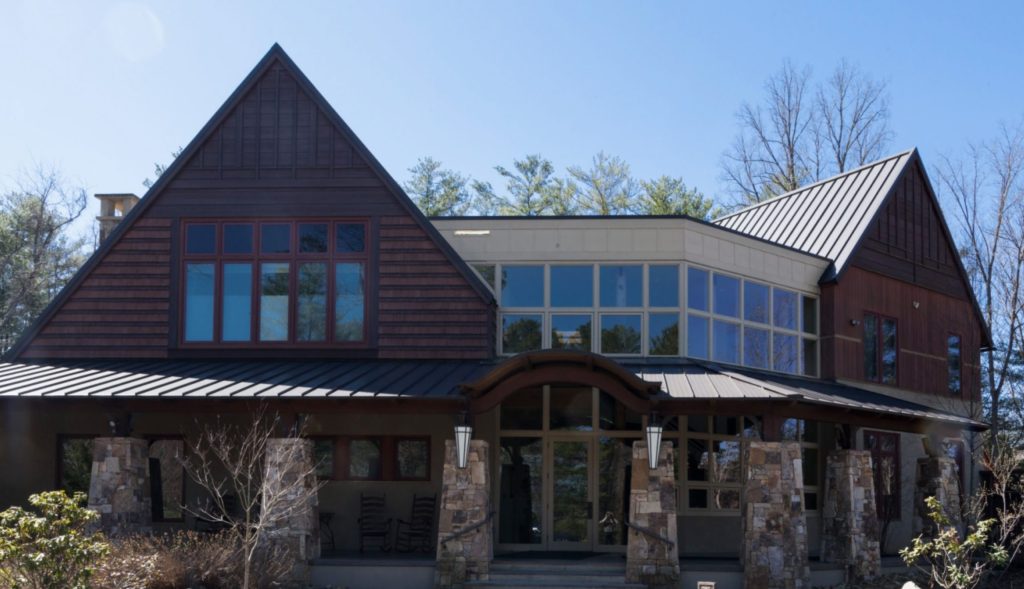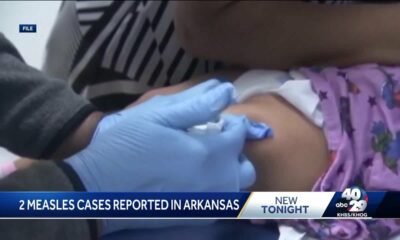(The Center Square) – Within North Carolina’s $111.1 billion agriculture industry, American tariff target China is the leading export market including for pork, poultry, lumber and tobacco.
The 2024 agricultural exports there topped $691 million. President Donald Trump’s moves in some cases are removing cloaks of darkness, and in others are pushing the state’s industry leaders to encourage patience. Some, such as heads of key product organizations, want the tariff war to end sooner rather than later.
In an email to The Center Square, Agriculture Commissioner Steve Troxler wrote of China in part, “We have worked hard to develop strong business relationships there and want to see them continue. Unfortunately, when there’s a disagreement over tariffs other countries hit us through agriculture. From the last time we experienced trade disputes because of tariffs, the Trump administration was very good at looking after farmers interests and we certainly hope it happens this time.
Steve Troxler, North Carolina agriculture commissioner
“In reviewing the tariff levels that other countries have in place on agricultural products, I was appalled that we were under those kinds of business restrictions.”
Agriculture and agribusiness have been the state’s No. 1 industry forever. About 42,500 farms are operated on 8.1 million acres from Murphy to Manteo. The state is eighth in the nation in value of agricultural products sold, 14th in exports.
North Carolina production is No. 1 nationally each in sweetpotatoes, all tobacco, flue-cured tobacco, and poultry and eggs. The state is No. 2 in Christmas tree sales, production of turkeys, and food-size trout sold. It is No. 3 in cucumbers and hogs, No. 4 in peanuts and broilers (chicken), and No. 5 in cotton.

Brooke Rollins, secretary of the U.S. Department of Agriculture
U.S. Department of Agriculture Secretary Brooke Rollins over the weekend said farmers and ranchers have not been treated well in the tariff regime of other countries for decades. Michelle Grainger, executive director of the nonprofit NC Sweetpotato Commission, said she appreciates the efforts to address imbalances.
“That said,” Grainger wrote in an email to The Center Square, “for North Carolina sweetpotato growers, what matters most is stability – in the marketplace, in the supply chain, and in trade relationships. Protection against unfair practices is important, but so is access to global markets.
“When disruptions occur, it’s not just lost sales – it’s lost relationships, and those are hard to rebuild. A balanced approach that protects U.S. farmers while preserving long-term trade opportunities is critical to our success.”
According to the Peterson Institute for International Economics, tariffs by China on American products and America on Chinese products was 21.5% or lower from January 2018 until this year. Since Feb. 4, China has four times retaliated against imposed U.S. tariff increases. Chinese tariffs on U.S. exports have gone from 6.5% in January seven years ago to 147.6%, and U.S. tariffs on Chinese exports have gone, respectively, from 10.3% to 124.1%.
Grainger suggests “negotiated solutions and targeted enforcement – rather than broad tariffs – offer a better path forward.” Lessons are available from the past, she said.
“One is that agriculture can inadvertently become collateral damage in broader trade disputes as happened with the soybean industry,” she says. “While we understand the need to confront unfair labor practices, blanket tariffs can cause significant hardship for farmers – especially those who depend on exports to grow and diversify their markets, as well as the added cost pressures on inputs that come from other countries.
“Another lesson is the importance of predictability. Sudden shifts in trade policy disrupt planning, investment, and supply chain relationships.”
Roy Lee Lindsey, CEO of the North Carolina Pork Council, told The Center Square in an email that international trade, and the ability to trade freely is critical and vital to North Carolina farmers.
“More than 25% of America’s pork production is exported to high-value markets” around the world, Lindsey says. “We are vigorously opposed to retaliatory tariffs on American products, including those affecting our pork producers. Retaliatory actions against food, and pork, are the wrong approach to resolving trade disputes.”
Lindsey said U.S. pork is in demand, and barriers to market access “impact our ability to serve.”
Smithfield Foods operates the world’s largest pork processing plant in the crossroads community of Tar Heel, just south of Fayetteville on N.C. 87. The 1 million square-foot facility employs about 5,000 people and produces an average of 8 million pounds of meat daily.
Mountaire Farms operates America’s largest broiler-processing plant in Lumber Bridge, just south of Fayetteville on N.C. 71. The plant employs about 3,400 people and produces an average of more than 500,000 chickens per day.
“Tariffs are a complicated process, and it is difficult to predict an outcome,” says Troxler, the sixth-term agriculture commissioner. “This is a negotiating tactic by the Trump administration, and it will take time. History has shown us that getting countries to negotiate is a long and tedious process.
“Hopefully, these tariffs will give us a better place to negotiate from and we will be able to come up with something that’s much more favorable to the United States.”
